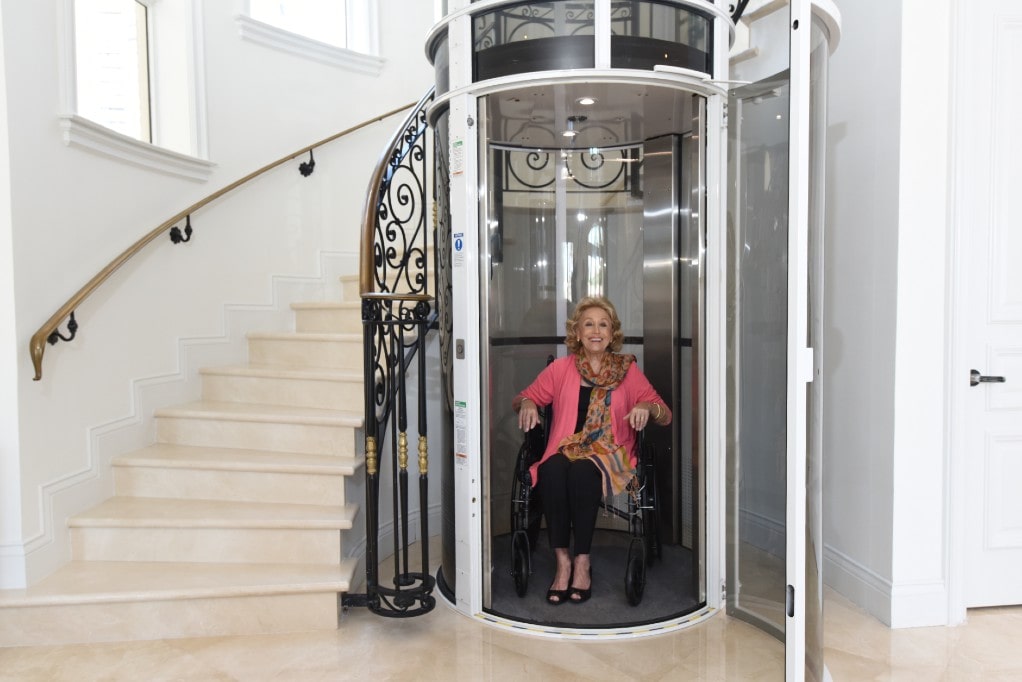Compare Disabled Platform Lifts Prices UK: Affordable Options for each Requirement
Compare Disabled Platform Lifts Prices UK: Affordable Options for each Requirement
Blog Article
Delving Into the World of Elevators: Common Issues Encountered by Numerous Lift Mechanisms
As we navigate via the upright transport systems of modern structures, lifts stand out as a crucial component of our everyday lives. From hydraulic lifts to traction systems and machine-room-less designs, each lift type comes with its collection of usual issues.
Hydraulic Elevators
Hydraulic lifts, frequently chosen for low-rise buildings, utilize fluid stress to regulate the motion of the lift vehicle (lift repair companies). This system involves a hydraulic pump pushing oil into a cyndrical tube, creating the elevator to relocate the preferred direction. While hydraulic lifts are understood for their silent and smooth operation, they do include their very own set of common problems
One prevalent issue with hydraulic lifts is oil leakage. In addition, issues with the control system, such as faulty shutoffs or a malfunctioning pump, can cause interruptions in the lift's activity.
Normal upkeep and prompt repairs are important to ensure the smooth performance of hydraulic lifts. By addressing these typical problems proactively, building owners can lessen downtime and make certain the security and effectiveness of their vertical transport system.
Traction Lifts
When thinking about upright transport systems in buildings, another usual type apart from hydraulic lifts is the traction lift. Traction lifts operate making use of a system of ropes and counterweights that relocate the elevator car by gripping onto the hoist ropes. This mechanism enables smoother and much faster vertical transportation contrasted to hydraulic systems.
Among the common problems faced by traction lifts is rope wear. The continuous motion of the ropes within the grip system can bring about tear and put on gradually, potentially creating the lift to malfunction or end up being dangerous for use. Regular evaluations and upkeep of the ropes are essential to guarantee the elevator's appropriate performance and safety.
An additional concern that traction elevators may encounter is connected to the control system. Problems with the control system can cause issues such as irregular motion, hold-ups in response times, and even full closures. Normal testing and maintenance of the control system are vital to avoid such issues and make sure the elevator's dependability.
Machine-Room-Less (MRL) Elevators

Among the key elements of MRL elevators is the small gearless grip maker that is installed within the hoistway. This machine effectively drives the elevator auto without the need for bulky devices discovered in typical traction lifts. In addition, MRL elevators typically utilize a weight system to stabilize the car, further enhancing their energy efficiency.
In spite of their advantages, MRL elevators might deal with challenges associated with maintenance and repair service due to the constrained room for equipment setup. Ease of access for servicing elements within the shaft can be restricted, needing specialized training for technicians. Proper upkeep routines and normal assessments are essential to guarantee the ongoing smooth procedure of MRL elevators.
Overloading and Weight Limitation Issues
Are elevators furnished to manage excess weight lots effectively and securely? Straining and weight restriction problems are important worries in elevator procedures. Lift makers style lifts with details weight capabilities to ensure guest safety and equipment long life. Going beyond these weight limits can cause numerous troubles, including mechanical failures, delays, and safety and security risks.
When lifts are overloaded, it puts excessive strain on the motor, cable televisions, and other components, potentially triggering malfunctions or breakdowns. Safety and my company security systems such as sensors and overload sensors are in location to stop lifts from relocating if they detect excess weight. In addition, exceeding weight limitations can lead to boosted energy usage and wear and tear on the lift system.
To minimize overloading concerns, constructing managers ought to plainly display weight limitations in elevators and educate owners on the significance of sticking to these constraints - lift repair companies. Normal maintenance checks by qualified technicians can additionally help make certain that lifts are operating within risk-free weight criteria. By dealing with overloading and weight limit problems proactively, building owners can improve elevator safety and security and effectiveness
Electrical System Failures
Surpassing weight limitations in lifts can not just bring about mechanical concerns however also potentially add to electric system failures within the lift framework. Electric system failings are an important problem in elevator procedure, as they can trigger unexpected closures, breakdowns, or also safety and security risks. One usual electrical issue is the overheating of components as a result of too much current flow triggered by overwhelming the elevator beyond its capability. This can cause damage to the control, electric motor, or circuitry systems, causing costly repair services and downtime.
Normal upkeep and evaluations are essential to recognize and deal with potential electric concerns immediately, guaranteeing the risk-free and effective procedure of lift systems. By sticking to weight limitations and performing regular electrical system checks, building proprietors can alleviate the threat of electrical failings in elevators.
Conclusion

Hydraulic elevators, often liked for low-rise structures, utilize fluid pressure to manage the activity of the elevator auto.When thinking about vertical transportation systems in buildings, an additional typical kind aside from hydraulic elevators is the traction elevator. Grip elevators operate making use of a system of ropes and weights that relocate the elevator auto by clutching onto the hoist ropes. Unlike standard lifts that require a separate device space to house the equipment, MRL lifts integrate many of the components within More hints the shaft, eliminating the requirement for a devoted device space.In conclusion, elevators encounter usual issues such as hydraulic malfunctions, grip system failings, and electric system issues.
Report this page